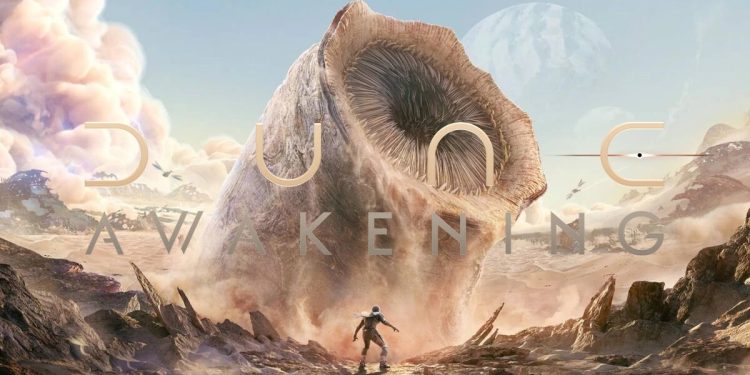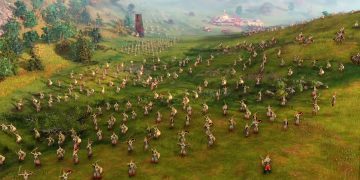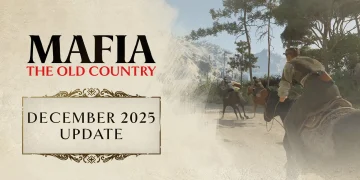Dune: Awakening has stirred up a lot of chatter about its endgame, especially the balance between PvE and PvP players. Joel, the Creative Director, recently shared a candid message addressing these concerns and shedding light on what’s next for the game’s Deep Desert and Landsraad systems.
Right off the bat, Joel makes it clear: PvE players won’t be forced into PvP battles they don’t want. The Deep Desert, the heart of the endgame, will see some parts flagged as “Partial Warfare (PvE)” zones where players can safely look at testing stations and gather Tier 6 resources without constant PvP threats. However, the most dangerous spots, like Landsraad control points, shipwrecks, and the biggest spice fields, remain as “War of Assassins (PvP)” areas with high risk and high reward.
The Deep Desert is designed to reset weekly, creating a loop encouraging guild cooperation to survive and thrive. However, player feedback shows that this loop can feel brutal for solo players or those not interested in PvP. The new partial PvE zones aim to offer a less hostile experience while keeping the core tension intact in the riskier areas.
Joel also touches on upcoming PvP balance tweaks, including changes to Scout Ornithopters: reduced speed maneuverability when equipped with rocket launchers, increased rocket heat generation for rockets, and a new T5 infantry rocket launcher to disrupt ground combat dynamics. The goal is clear, thopters should be vital for travel but not dominate fights. Other systems, like respawn timers and vehicle storage, will see adjustments to curb exploits.
The intended PvP experience is brilliant and tactical. You can retreat with your loot if you’re cautious, and fights should happen when both sides want a piece of the action. It’s a dynamic that tries to respect player choice, not force conflict.
Moving on to the Landsraad, it serves as an activity driver promoting faction conflict and guild politics while offering daily and weekly goals. The system currently revolves around simple tasks like item hand-ins and crafting. Still, Joel promises it will evolve with more varied activities, think dungeons, contracts, and maybe raids. The Landsraad is essentially the framework holding all endgame content together.
There are some known issues with the Landsraad, like players stockpiling items to rush rewards and an inability to hand in items after completing squares. These will be fixed to better support solo and small group players, with rewards that match endgame progression tiers. Joel finishes by acknowledging the rocky start but emphasizes the game is a work in progress shaped by the community’s feedback. The developers aim to keep communication open and build a game everyone can enjoy, with more PvE and paid content planned.
It’s a refreshing dose of honesty and a sign that the team is listening, trying to balance a tricky mix of PvE and PvP demands in a big open-world survival game. What do you think about these changes? Will the new PvE zones make the endgame more accessible, or is the Deep Desert’s danger part of the charm?





















